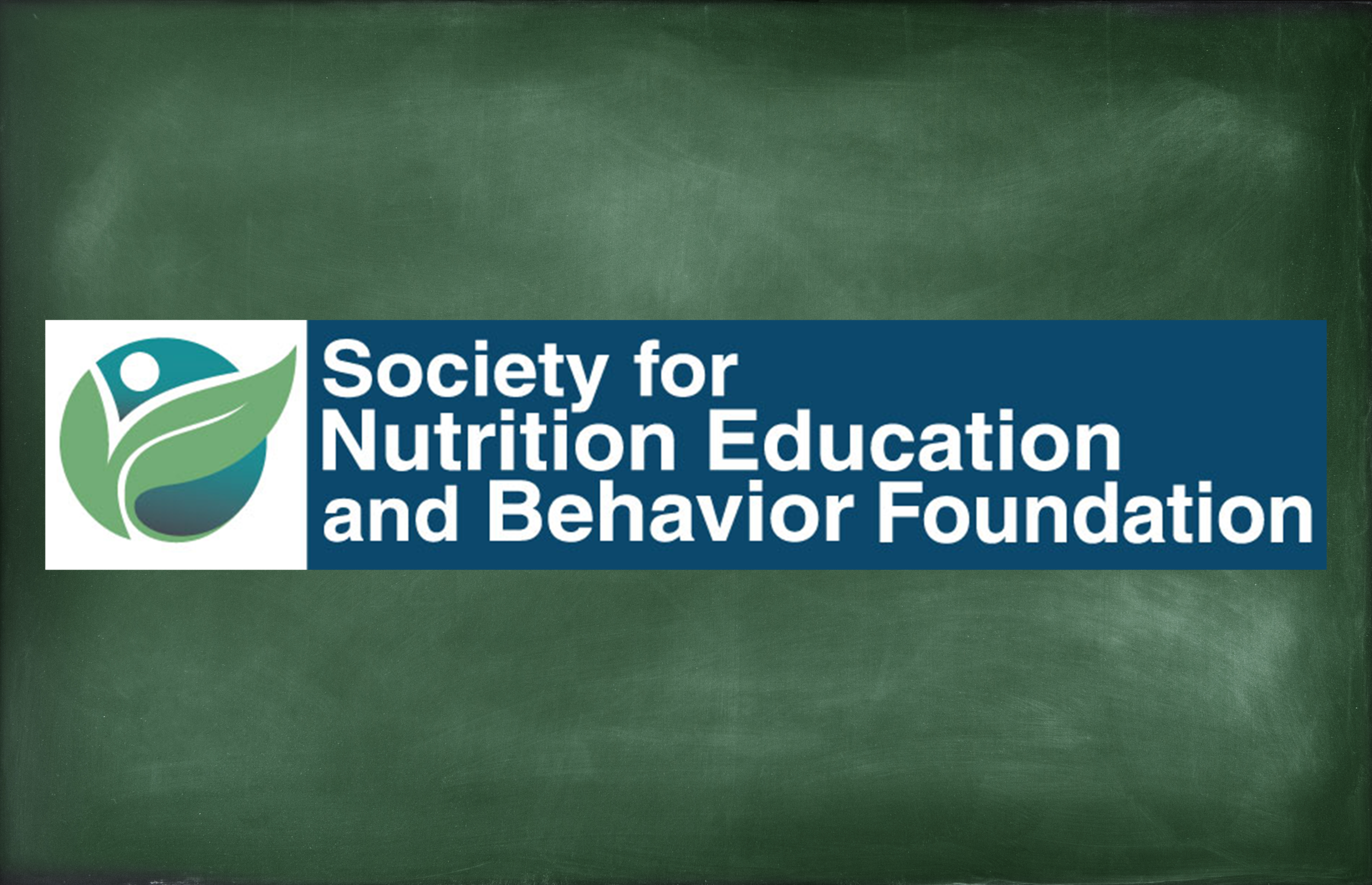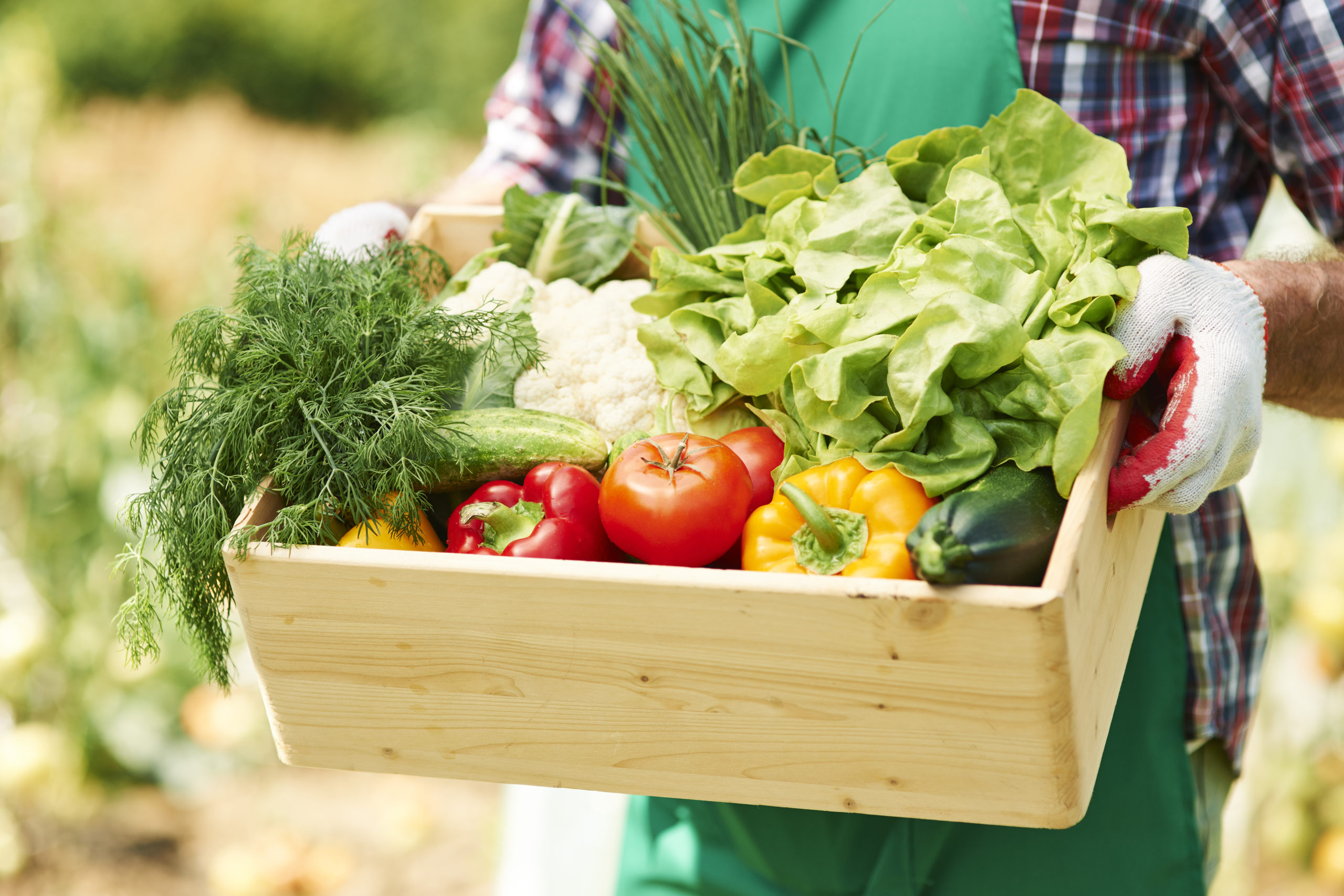In late September, the Annals of Internal Medicine published a dietary guideline
INDIANAPOLIS (Jan. 8, 2020) – The deadline to submit an
Some 2020 food predictions… Looking at these predictions, one enduring
Looking for a place to make those year-end tax-deductible donations?
INDIANAPOLIS (Dec. 5, 2019) – Leadership for the Society for
Blogadmin2025-11-14T03:46:09-05:00









